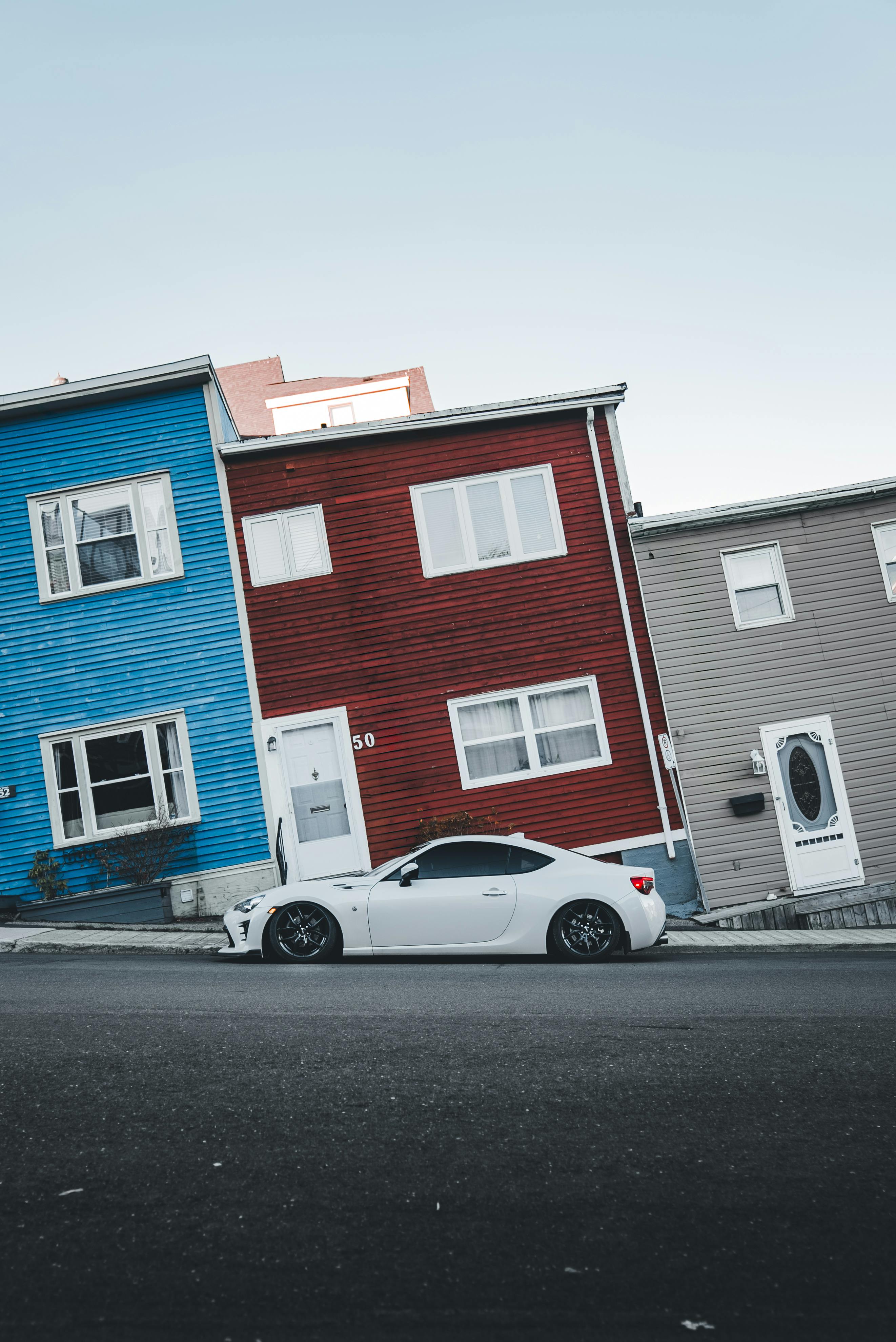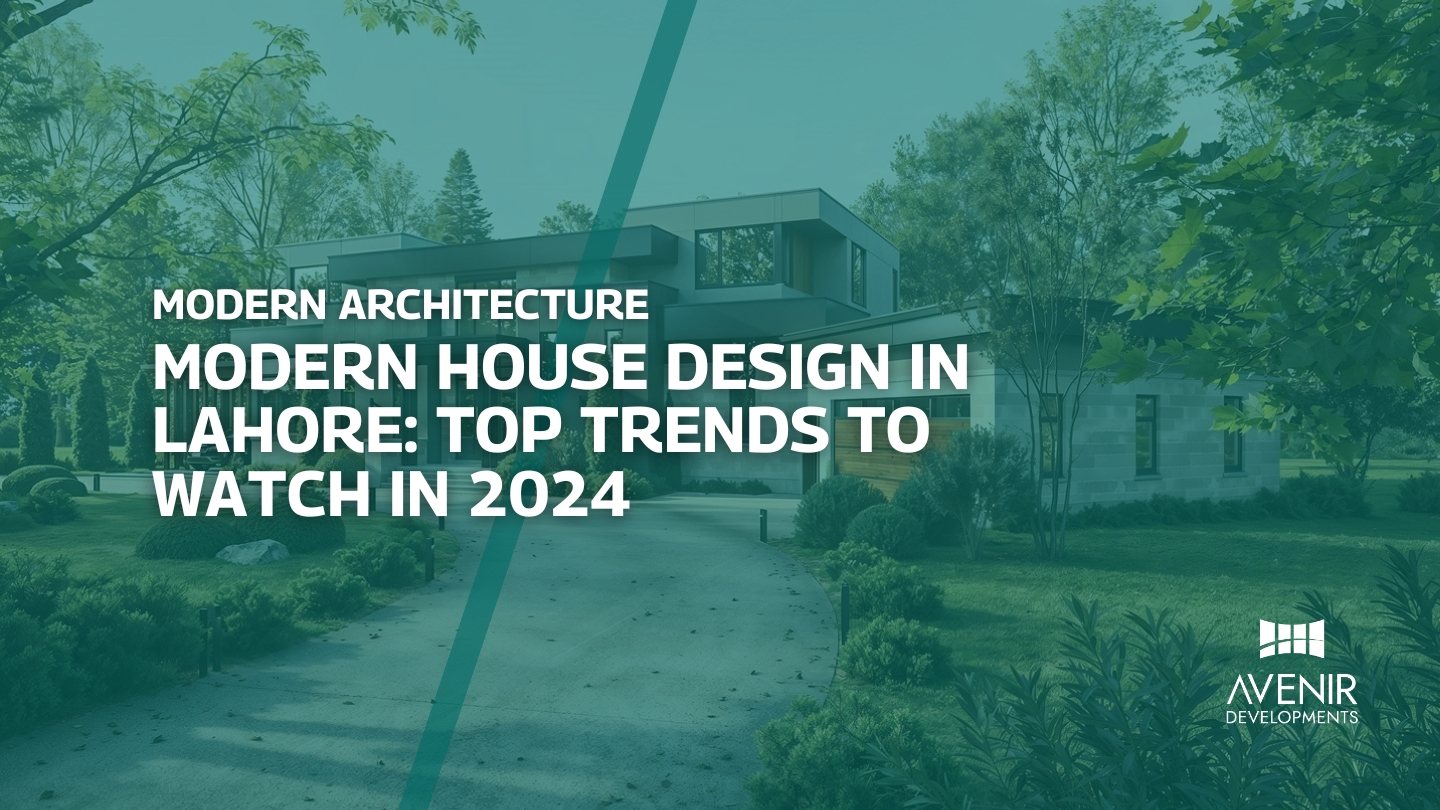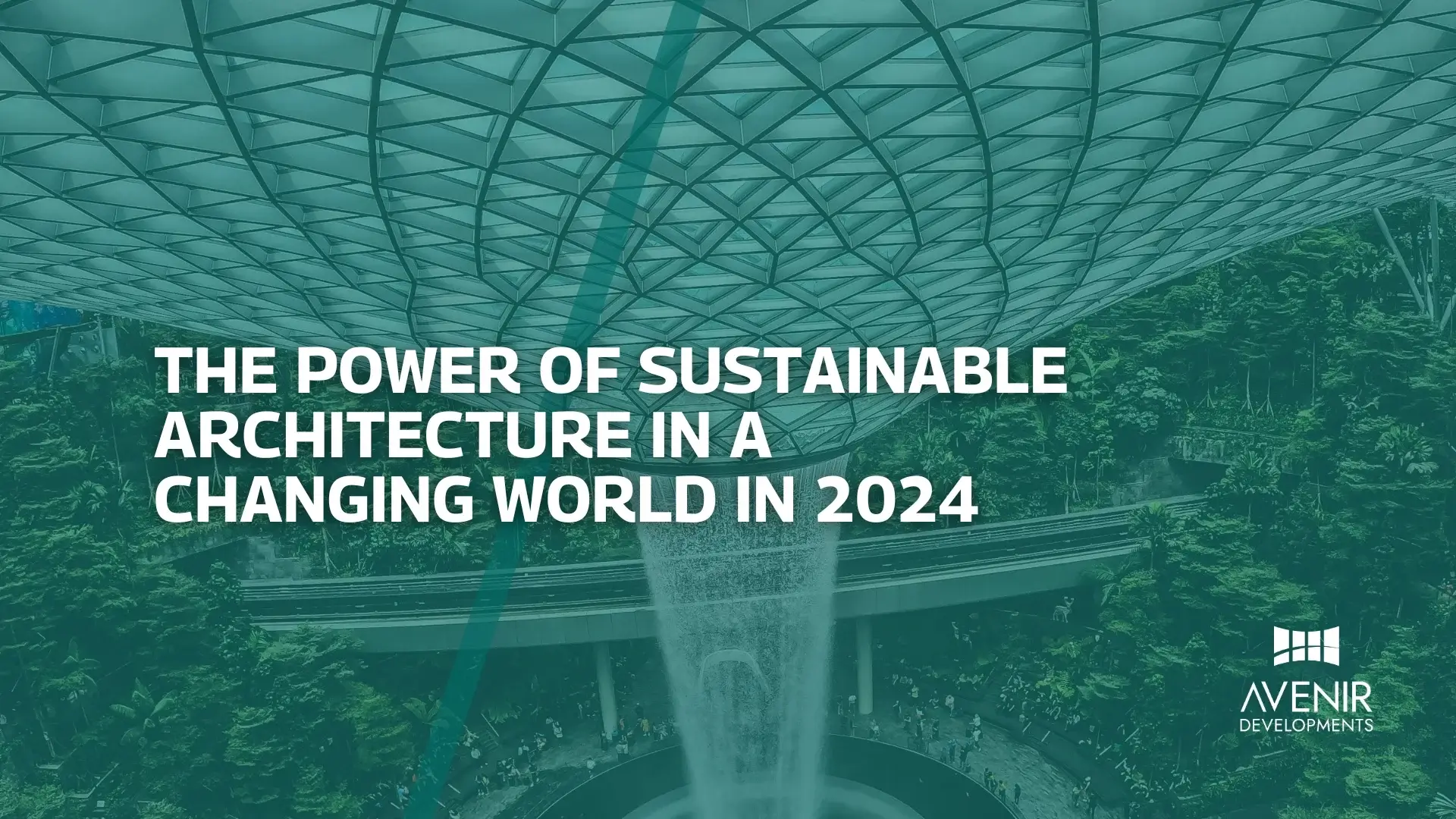Residential architecture is a dynamic field that continually evolves to meet the changing needs and aspirations of homeowners. In this article, we will delve into the most recent trends in residential architecture, covering everything from sustainable living to cutting-edge technology. Whether you’re a homeowner, architect, or simply passionate about design, this exploration of the latest trends in residential architecture will inspire you to envision the homes of the future.
The world of residential architecture is constantly evolving, driven by technological advancements, shifting lifestyles, and emerging trends. As an experienced architect and designer, I’ve witnessed firsthand how architectural styles and design principles have transformed homes into spaces that are not only functional but also aesthetically pleasing and sustainable.
From the minimalist designs of modern homes to the intricate details of traditional architecture, the possibilities are endless. In this comprehensive guide, we’ll delve into the latest trends in residential architecture, exploring innovative design concepts, sustainable building practices, and the integration of technology into our living spaces.

A Historical Perspective on Residential Architecture
Residential architecture, the art and science of designing homes, has a rich history that spans centuries. From the ancient civilizations of Egypt and Greece to the medieval castles of Europe and the modern skyscrapers of today, the evolution of residential design has been shaped by cultural, social, and technological factors.
In the early days of human civilization, homes were primarily functional structures designed to provide shelter from the elements. As societies progressed, however, architecture became a means of expressing cultural identity, social status, and personal taste. The ancient Greeks, for example, developed the classical orders of architecture, which emphasized balance, proportion, and harmony. Roman architecture, on the other hand, was characterized by its grandeur and engineering prowess, as evidenced by the iconic Roman villas and townhouses.
The Middle Ages saw a shift towards more fortified and defensive structures, such as castles and manor houses. However, the Renaissance period brought a renewed interest in classical architecture, leading to a resurgence of elegant and sophisticated designs. The Industrial Revolution further transformed residential architecture, with the advent of new materials, construction techniques, and mass production.
In the 20th century, modernism and postmodernism emerged as dominant architectural movements. Modernist architects, such as Le Corbusier and Frank Lloyd Wright, emphasized functionalism, simplicity, and the use of innovative materials. Postmodernism, on the other hand, reacted against the rigidity of modernism, embracing eclecticism, historical references, and playful forms.
Today, residential architecture continues to evolve, driven by a desire for sustainable, energy-efficient, and technologically advanced homes. As we move forward, we can expect to see even more innovative and inspiring designs that reflect the changing needs and aspirations of contemporary society.
Current Trends in Residential Architecture
In 2024, residential architecture is undergoing a significant transformation, driven by a growing emphasis on sustainability, technology, and personalized living experiences. Here are some of the latest trends shaping the industry:
Sustainable Design
- Energy Efficiency: Architects are incorporating energy-efficient building materials, such as high-performance insulation and energy-efficient windows, to reduce energy consumption and lower carbon footprints.
- Renewable Energy: The integration of renewable energy sources, such as solar panels and wind turbines, is becoming increasingly popular.
- Water Conservation: Innovative water-saving technologies, like rainwater harvesting and efficient plumbing fixtures, are being implemented to minimize water usage.
- Green Building Certifications: Many architects are seeking certifications like LEED (Leadership in Energy and Environmental Design) and BREEAM (Building Research Establishment Environmental Assessment Method) to validate their commitment to sustainable design.
Smart Homes
- Home Automation: Smart home technology allows residents to control various aspects of their homes, such as lighting, temperature, and security systems, through voice commands or smartphone apps.
- IoT Integration: The Internet of Things (IoT) is revolutionizing home living by enabling seamless connectivity between devices, creating a more integrated and efficient living environment.
- AI-Powered Assistants: Virtual assistants like Amazon Alexa and Google Assistant are becoming integral parts of smart homes, providing voice-activated control and information.
Biophilic Design
- Nature Integration: Biophilic design incorporates natural elements, such as plants, water features, and natural light, to create a more calming and restorative living environment.
- Indoor Air Quality: By improving indoor air quality through ventilation systems and air-purifying plants, architects are prioritizing the health and well-being of occupants.
- Outdoor Living Spaces: Creating seamless transitions between indoor and outdoor spaces, such as balconies, patios, and gardens, is becoming increasingly popular.
Modular and Prefabricated Homes
- Faster Construction: Modular and prefabricated homes offer faster construction times and reduced waste.
- Customization: These homes can be highly customized to meet specific needs and preferences.
- Affordability: Prefabricated construction can often lead to more affordable housing options.
Multigenerational Living
- Flexible Design: Homes are being designed to accommodate multiple generations, with flexible spaces that can adapt to changing needs.
- Private Retreats: Creating private spaces within a shared living environment is essential for maintaining individual privacy.
- Shared Amenities: Shared common areas, such as kitchens, living rooms, and outdoor spaces, can foster social interaction and strengthen family bonds.
As we continue to face global challenges such as climate change and population growth, residential architecture will play a critical role in shaping a sustainable and resilient future. By embracing these trends and adopting innovative design solutions, we can create homes that are not only beautiful and functional but also environmentally responsible and socially equitable.
Sustainable Living
Sustainability is no longer a buzzword but a way of life. Architects are increasingly incorporating eco-friendly features into residential designs, creating homes that minimize their carbon footprint. Some notable trends include:
1. Green Roofs and Walls
Green roofs and walls have gained popularity as they provide natural insulation, reduce stormwater runoff, and enhance urban biodiversity. These living installations improve air quality and contribute to a healthier environment.
2. Passive Solar Design
Architects are harnessing the power of the sun by strategically positioning windows and using thermal mass to heat and cool homes naturally. This reduces energy consumption and lowers utility bills.
3. Net-Zero Homes
Net-zero homes generate as much energy as they consume. With advancements in solar panels and energy-efficient technologies, homeowners can achieve a sustainable, self-sufficient lifestyle.
4. Reclaimed Materials
The use of reclaimed and recycled building materials not only reduces waste but also adds character to homes. From reclaimed wood floors to repurposed industrial fixtures, these materials bring unique charm to modern residences.
Smart Home Integration
In an increasingly connected world, smart home technology is a game-changer in residential architecture. Here are some key trends:
5. Home Automation
From lighting and security systems to thermostats and appliances, homeowners can control every aspect of their home through smartphone apps or voice commands.
6. IoT (Internet of Things)
The IoT connects everyday devices to the internet, allowing them to communicate with each other. This technology enhances convenience and energy efficiency in residential spaces.
7. Sustainable Technology
Smart homes are becoming more sustainable with features like energy-efficient lighting, heating, and cooling systems. These technologies not only reduce energy consumption but also lower utility bills.
Open Floor Plans
Open floor plans continue to dominate the residential architecture scene. They offer a sense of spaciousness, flexibility, and an abundance of natural light. This design trend encourages family togetherness and social interaction.
Biophilic Design
Bringing nature indoors is a concept that’s gaining traction. Biophilic design integrates natural elements, such as plants, natural lighting, and natural materials, into the architecture. This trend promotes mental and physical well-being while reducing stress.
Flexible Spaces
Residential architecture is adapting to the changing needs of homeowners, especially in the post-pandemic era. Homes with adaptable spaces that can serve multiple purposes are highly sought after.
Luxury Wellness Retreats
Luxury wellness retreats within homes are becoming a must-have. These spaces offer relaxation, fitness, and mental well-being amenities, providing homeowners with a private sanctuary.
High-Performance Windows
Energy-efficient, high-performance windows are crucial for maintaining indoor comfort while reducing energy consumption.
Roof Decks and Outdoor Living
The desire for outdoor living spaces is on the rise. Roof decks and outdoor kitchens provide homeowners with beautiful areas to enjoy the outdoors without leaving home.
The Latest Trends in Residential Architecture
What’s remarkable about the latest trends in residential architecture is how they embrace both tradition and innovation. As architects and homeowners continue to explore new horizons, they are also paying homage to the wisdom of the past. It’s an exciting era for residential architecture, where sustainable, smart, and beautiful designs come together to create homes that are truly a reflection of our times.
FAQs
Q: What are the primary benefits of green roofs and walls?
A: Green roofs and walls provide natural insulation, reduce stormwater runoff, improve air quality, and contribute to a healthier environment.
Q: How do smart homes contribute to energy efficiency?
A: Smart homes use automation and IoT technology to optimize energy usage, reducing overall consumption and utility bills.
Q: What is biophilic design, and how does it benefit residents?
A: Biophilic design incorporates natural elements into architecture, promoting well-being and reducing stress among residents.
Q: Why are open floor plans popular in residential architecture?
A: Open floor plans create a sense of spaciousness, flexibility, and abundant natural light, fostering family togetherness and social interaction.
Q: What are luxury wellness retreats, and why are they in demand?
A: Luxury wellness retreats within homes provide relaxation, fitness, and mental well-being amenities, offering homeowners a private sanctuary.
Q: How do high-performance windows contribute to energy efficiency in homes?
A: High-performance windows are energy-efficient and help maintain indoor comfort while reducing energy consumption and costs.
Q: What is the average cost of building a custom home?
A1: The cost of building a custom home can vary widely depending on factors such as location, size, materials, and finishes. It’s essential to work with an experienced architect and builder to develop a realistic budget.
Q2: How long does it take to build a custom home?
A2: The construction timeline for a custom home can range from several months to a year or more, depending on the complexity of the design, local building codes, and weather conditions.
Q3: What are some popular architectural styles for residential homes?
A3: Some popular architectural styles include:
Modern: Clean lines, open floor plans, and large windows.
Contemporary: A blend of modern and traditional elements, often featuring bold colors and unique materials.
Traditional: Classic styles like Colonial, Victorian, and Tudor, characterized by ornate details and symmetrical layouts.
Mediterranean: Relaxed, informal style with low-pitched tile roofs, arched doorways, and stucco walls.
Mid-Century Modern: Sleek lines, flat roofs, and large windows, often with a focus on indoor-outdoor living.
Q4: What are the benefits of hiring an architect for a home renovation project?
A4: An architect can help you maximize the potential of your space, improve functionality, and increase the value of your home. They can also assist with permits, code compliance, and selecting materials and finishes.
Q5: How can I make my home more energy-efficient?
A5: To make your home more energy-efficient, consider the following:
Energy-efficient appliances: Choose appliances with the Energy Star label.
Proper insulation: Ensure adequate insulation in walls, ceilings, and floors.
Sealing air leaks: Seal any gaps or cracks around windows, doors, and outlets.
Energy-efficient windows: Invest in high-quality, energy-efficient windows.
Smart thermostats: Use smart thermostats to automate temperature control.
Renewable energy sources: Explore solar panels or other renewable energy options.
By addressing these areas, you can significantly reduce your energy consumption and lower your utility bills.
Expert Tips for Designing Your Dream Home
As an experienced architect and designer, I’ve learned a few key tips to help you create your dream home:
- Prioritize Your Needs and Wants:
- Functional Requirements: Consider your family’s lifestyle and daily routines.
- Aesthetic Preferences: Determine your preferred architectural style and design elements.
- Budget Constraints: Establish a realistic budget and allocate funds for different phases of the project.
- Work with a Qualified Architect:
- Experience and Expertise: Choose an architect with a proven track record and a deep understanding of local building codes and regulations.
- Effective Communication: A good architect will listen to your ideas and provide expert advice.
- Project Management: An experienced architect can manage the entire design and construction process, ensuring timely completion and quality control.
- Consider the Site and Orientation:
- Natural Light: Maximize natural light by designing spaces that face south or east.
- Ventilation: Incorporate cross-ventilation to improve indoor air quality.
- Privacy and Security: Consider the site’s topography and surrounding environment to ensure privacy and security.
- Embrace Sustainable Design:
- Energy Efficiency: Implement energy-saving strategies, such as high-performance insulation, energy-efficient appliances, and renewable energy sources.
- Water Conservation: Use water-efficient fixtures and consider rainwater harvesting systems.
- Material Selection: Choose sustainable materials that have a minimal environmental impact.
- Pay Attention to Detail:
- Custom Millwork: Invest in custom millwork to add character and elegance to your home.
- Lighting Design: Create a warm and inviting atmosphere with well-planned lighting.
- Material Selection: Choose high-quality materials that are durable and aesthetically pleasing.
By following these tips and working closely with a skilled architect, you can create a home that reflects your unique style and meets your family’s needs.
Remember, your dream home is within reach. Contact Avenir Developments today to bring your vision to life.
Residential architecture is at the forefront of innovation, sustainability, and technological advancement. The latest trends in this field reflect our changing world and the values we hold dear. From green roofs to smart home integration and open floor plans, these trends are shaping homes that are not just structures but harmonious environments that enhance our lives. As you embark on your residential architecture journey, remember to incorporate these trends to create a home that is a testament to the latest innovations and timeless values. The future of residential architecture is bright, sustainable, and incredibly exciting.
The future of residential architecture is bright, with exciting trends and innovative technologies shaping the way we live. By embracing sustainable design, smart home technology, and biophilic principles, we can create homes that are not only beautiful but also functional, energy-efficient, and environmentally friendly.
As you embark on your own home building or renovation project, remember to prioritize your needs, work with a qualified architect, and pay attention to detail. With careful planning and expert guidance, you can create a space that truly reflects your personal style and enhances your quality of life.
Ready to turn your dream home into reality? Contact Avenir Developments today to discuss your project and receive expert advice. Our team of skilled architects and designers can help you navigate the complex world of residential architecture and bring your vision to life.
The future of residential architecture is poised for exciting innovation, driven by sustainability, technology, and personalized living experiences. As we move forward, we can expect to see even more groundbreaking designs that push the boundaries of what’s possible.
To ensure your dream home is not just a vision but a reality, consider these key takeaways:
- Prioritize Sustainability: Embrace eco-friendly practices, from energy-efficient designs to renewable energy sources.
- Embrace Technology: Leverage smart home technology to enhance comfort, security, and energy efficiency.
- Customize Your Space: Tailor your home to your unique lifestyle and preferences.
- Invest in Quality: Choose high-quality materials and expert craftsmanship.
- Seek Professional Guidance: Consult with experienced architects and designers to maximize your project’s potential.
Avenir Developments is committed to helping you realize your dream home. Our team of skilled professionals can guide you through every step of the process, from initial concept to final construction.
Contact us today to discuss your project and let’s create something truly extraordinary.
Read More: The Power of Sustainable Architecture in a Changing World in 2024






